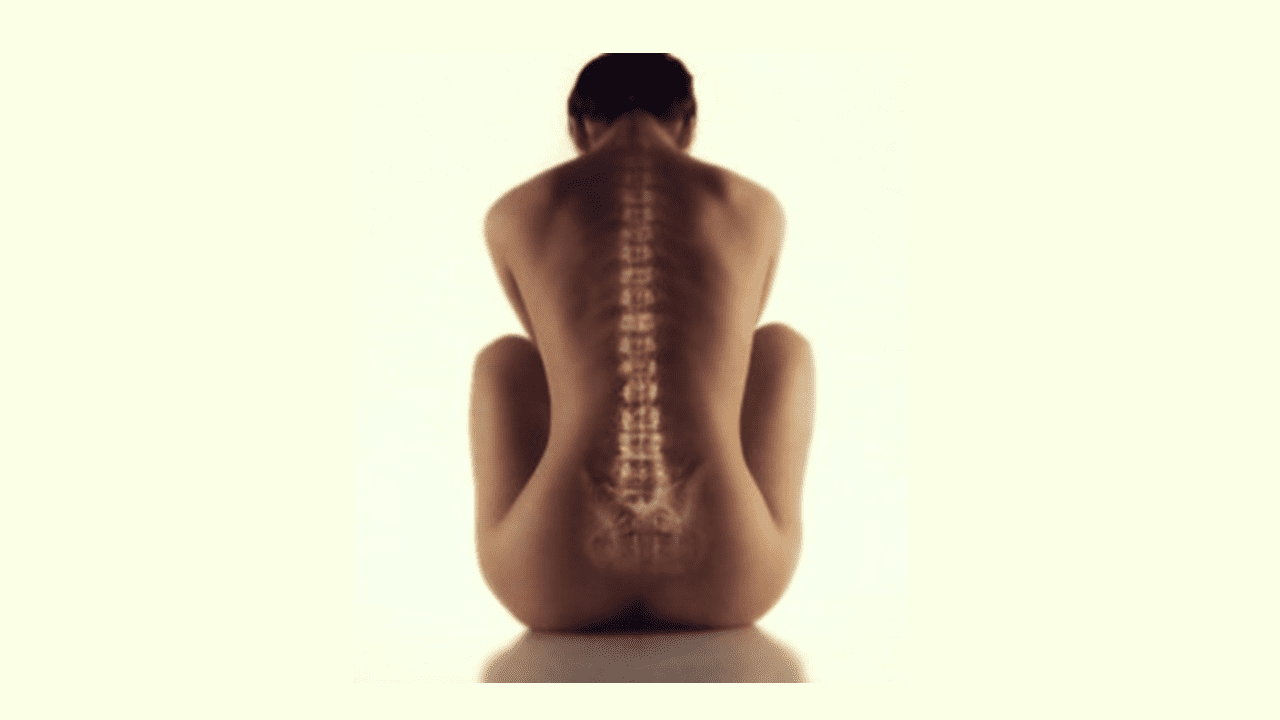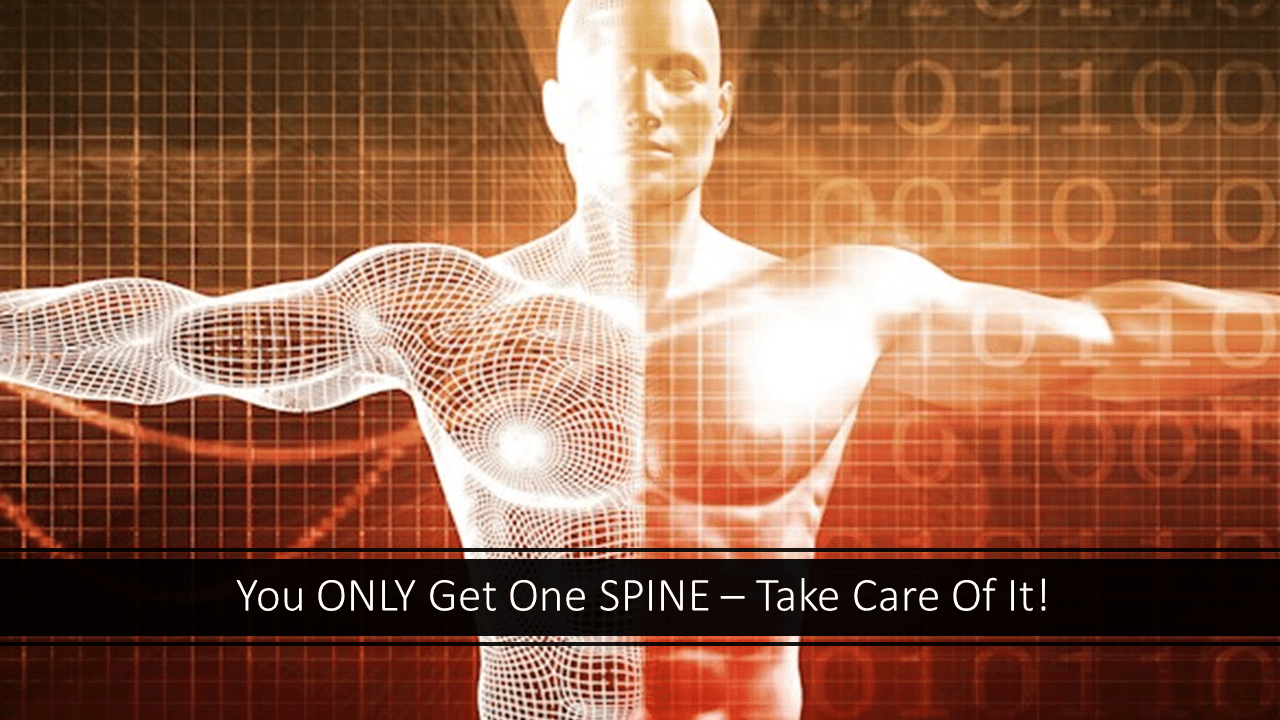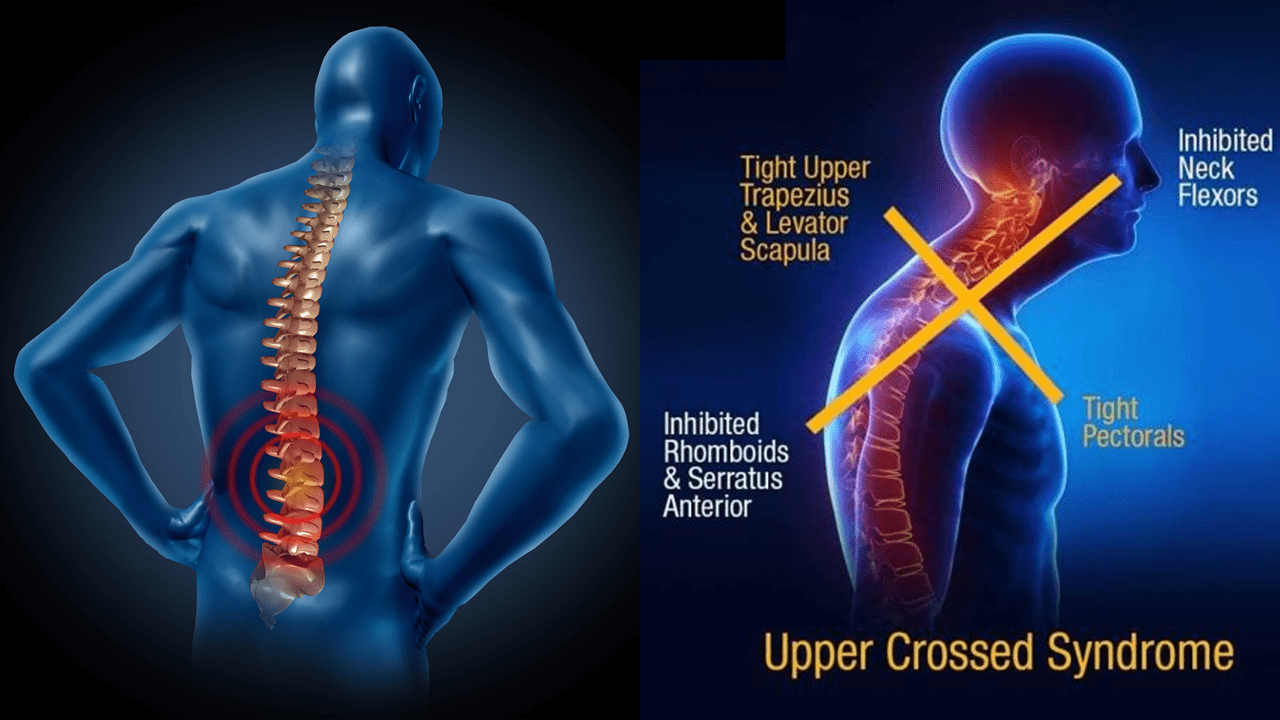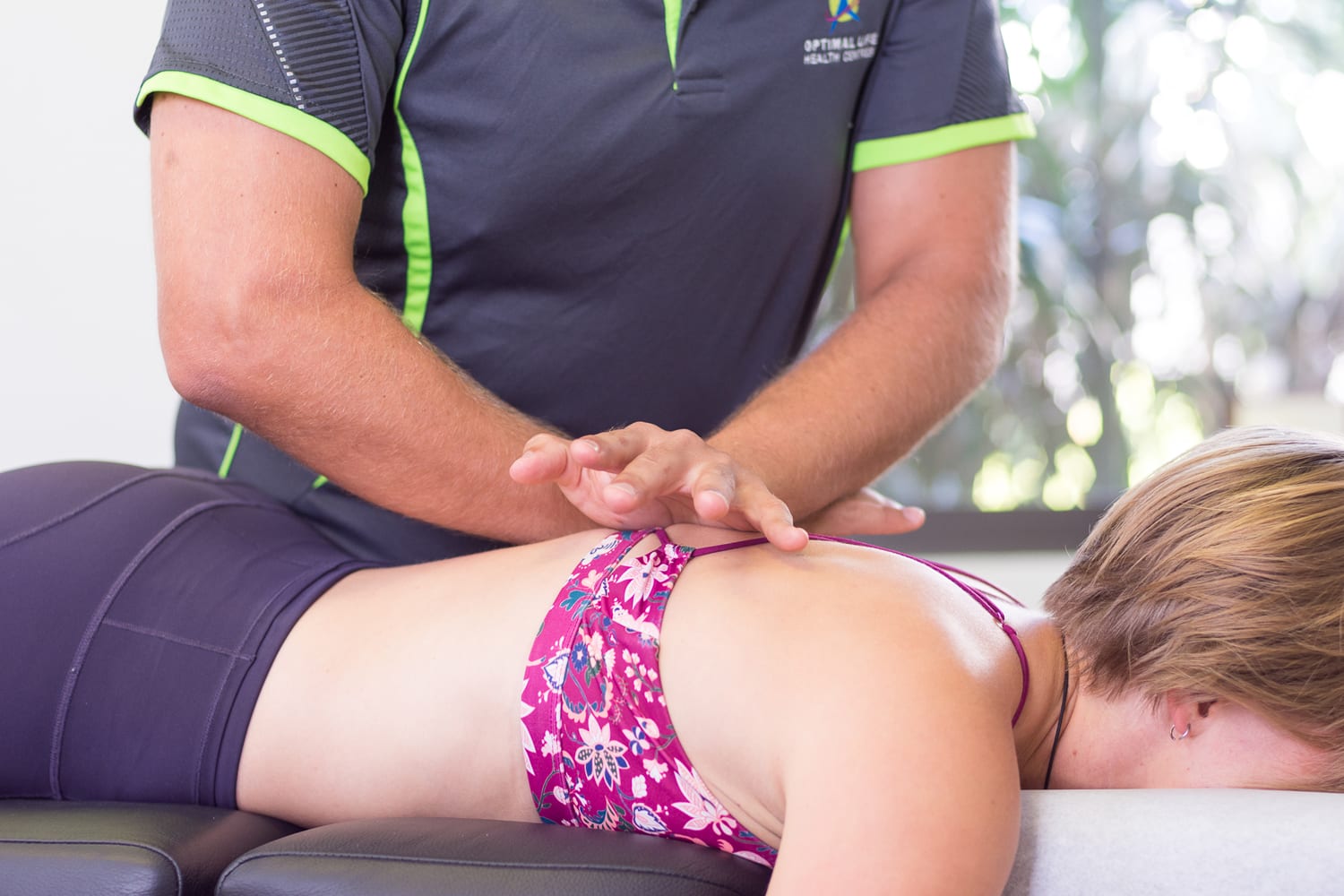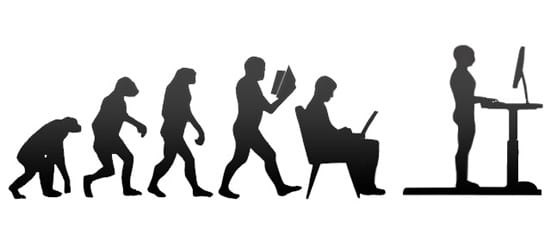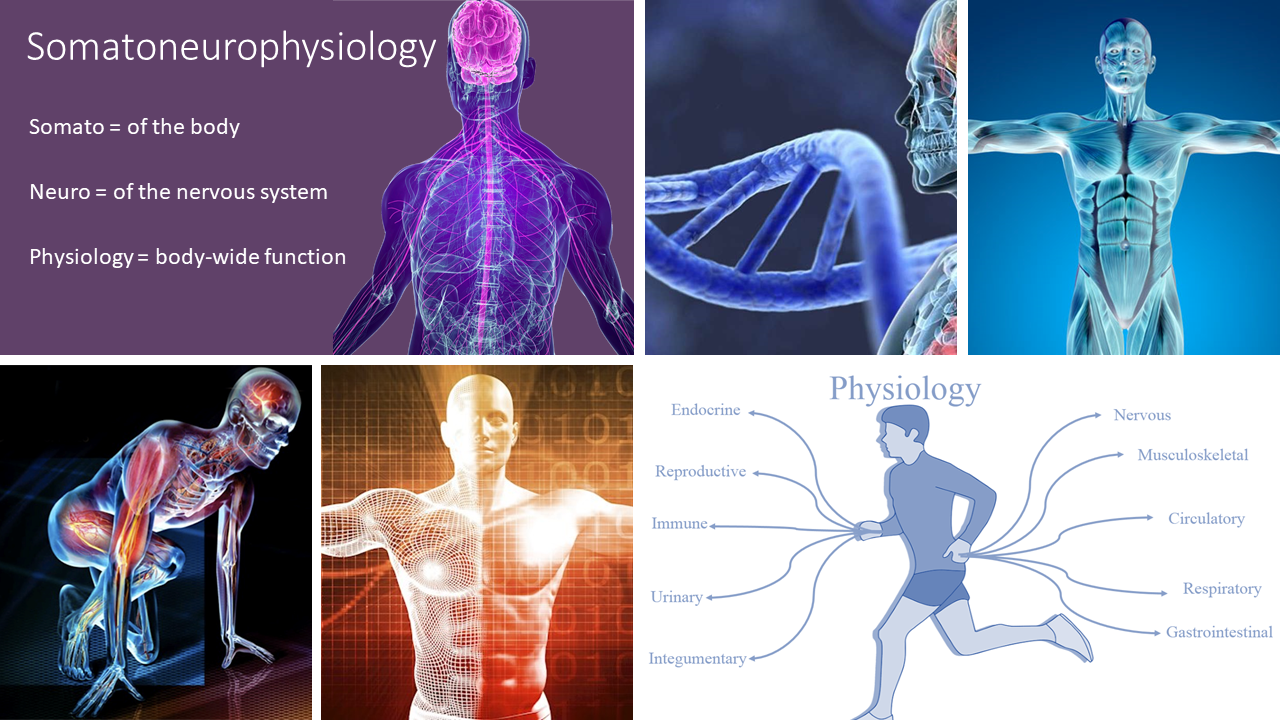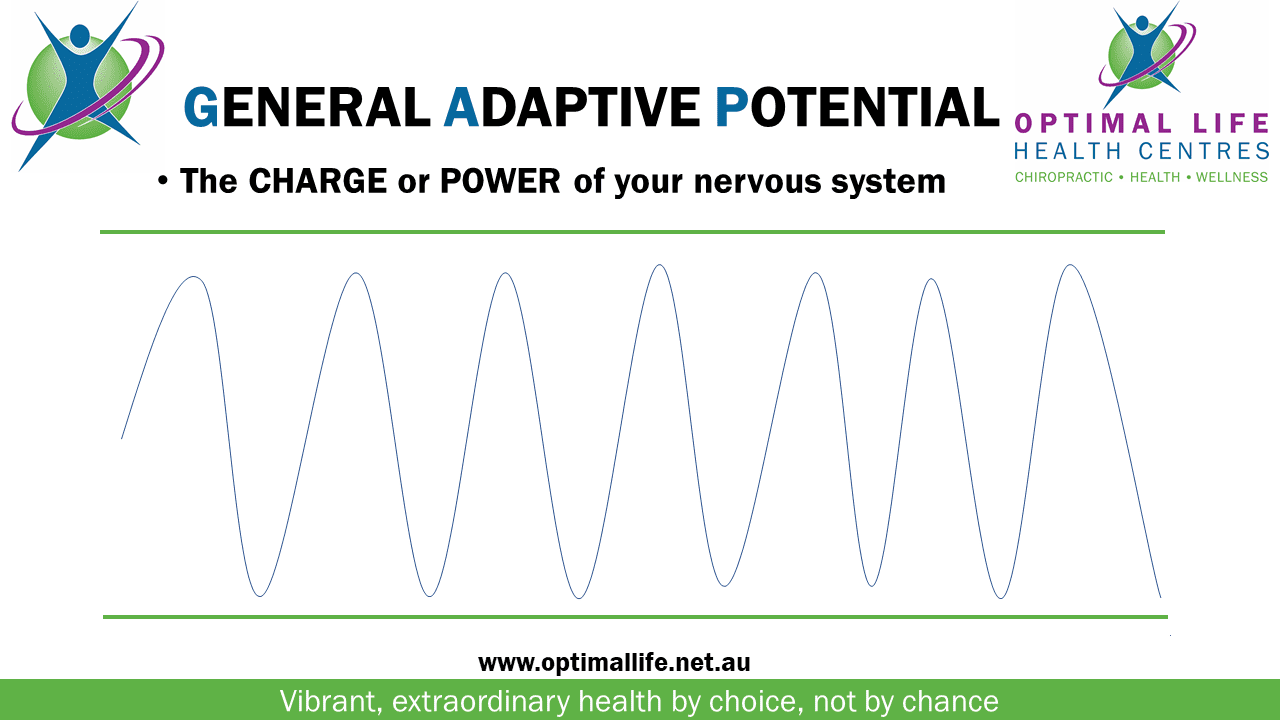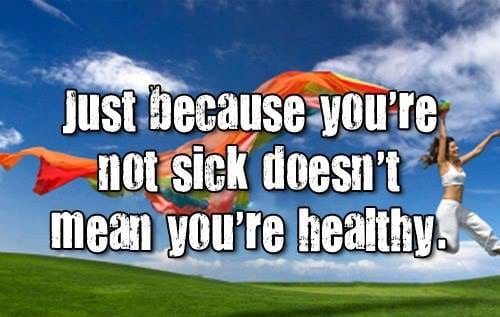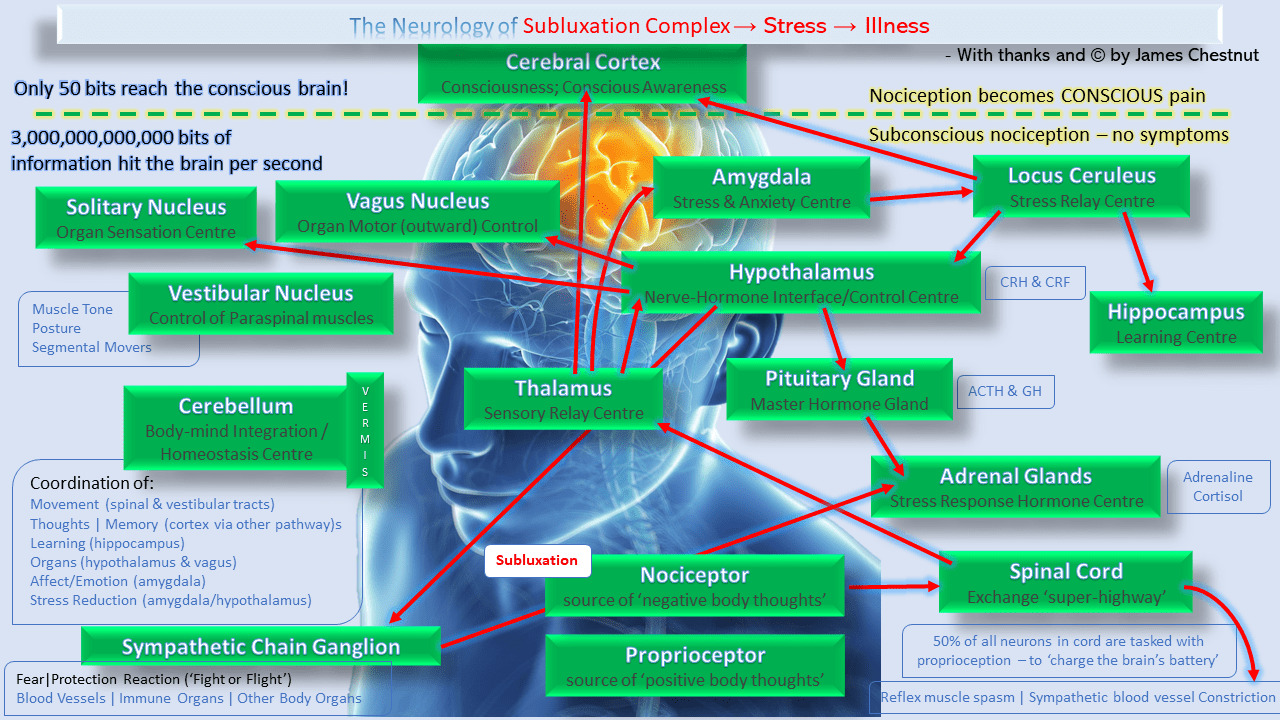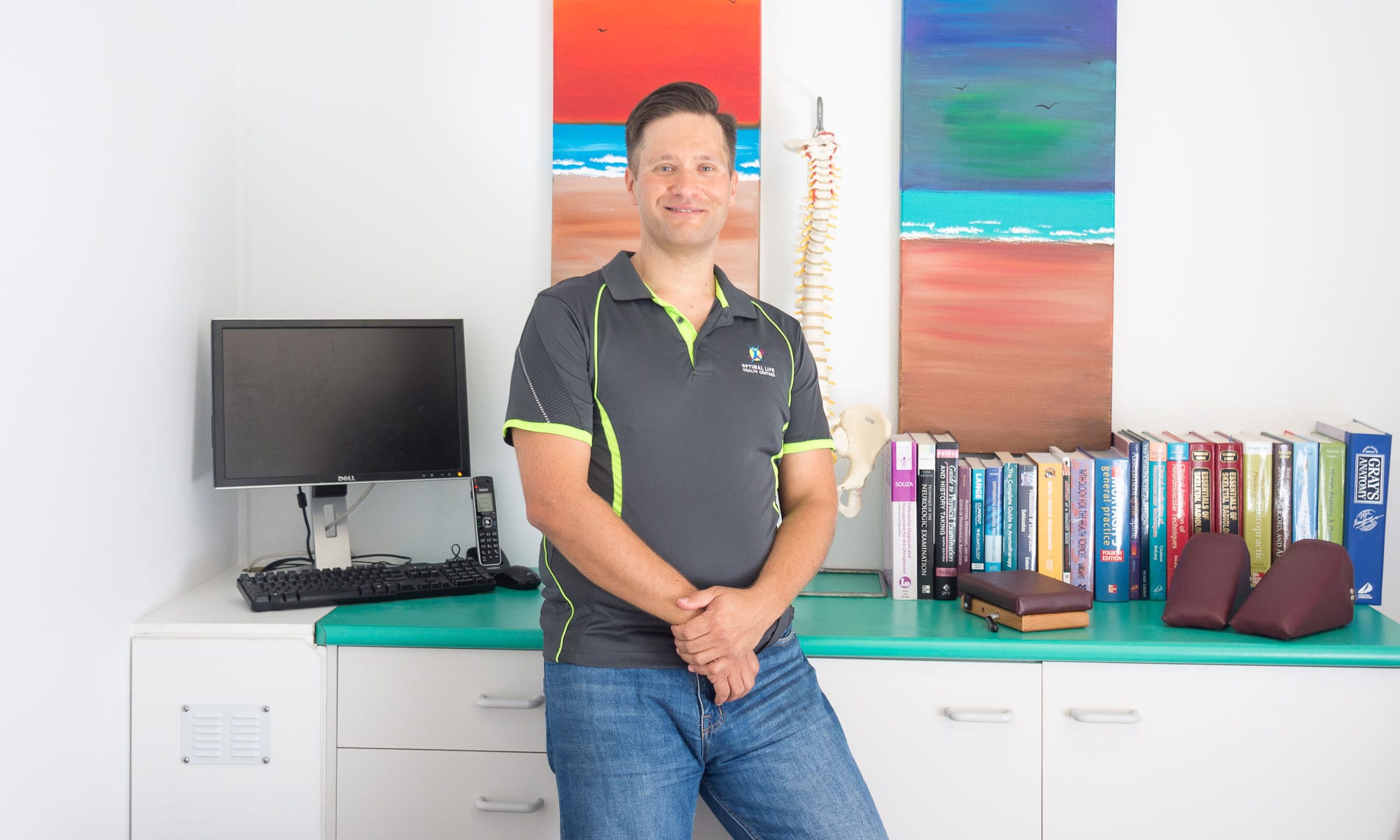Chiropractic subluxation leads to immobilisation of spinal joints. These joints are richly concentrated with the nerve receptors that ‘instruct’ the brain where the body is in space – the literally give the brain perception of YOU. When we think of immobilisation the image in our mind is usually something related to the larger joints or … Read more
Chiropractic
Chiropractic is a healthcare discipline focused on improving health and well-being by interfacing with and influencing function of your brain and nervous system – the master control and coordination system of the body.
It operates in the field of Functional Neurology: understanding that your neurology (your nervous system) intimately controls and coordinates your EVERY function – and from there, your health and wellbeing.
Chiropractic may help in a broad range of situations, however chiropractic works best in a salutogenic model – where you are working toward improving function instead of treating sickness, symptoms or conditions.
One very simple explanation is that this work is about improving and ensuring appropriate movement (and as a result: the neurological perception, integration and control of movement) – because movement is life!
This approach to health and wellbeing centres around the body’s own natural ability to function and heal itself.
The Optimal Life definition is simple: Chiropractic care is the professional assessment and examination of your health status to determine if chiropractic adjustments may benefit you, and if so, performing these adjustments.
This is related to, but also separate from the process of managing any symptoms you may have.
As a health discipline, chiropractic combines the science of identifying subluxations (described below) and relating their impact to your health status, the art of adjusting to help your body correct their impact on your nervous system, and it is defined by a distinct philosophy about life, health and how we interact with all things natural.
** Chiropractors are the only health professionals trained to locate and correct subluxations.
Spinal hygiene – behaviours to keep motion and health of our spine in peak condition – is vital, yet regularly overlooked by many. Spinal hygiene includes stretching, strengthening, posture correction, strength, better lifting technique, less sitting and so much more. Efforts toward spinal hygiene need to be engaged in daily, for life. It is as … Read more
The impact of modern living choices on our posture is stark and significant. Poor posture is both initiated or maintained by many of our behaviours and use of personal devices (phones etc.) AND by the stress-load in our bodies leading to dominance of our ‘fear and protection’ neurological reaction as an attempt to keep us … Read more
It is clear common-sense that movement is valuable and necessary to promote optimal health – including skeletal health. The stresses of gravity, ‘push-pull’ of muscles, resistance and weight-bearing in an upright position all contribute to a ‘sensory’ load that keeps our bony system healthy. Bones are constantly changing, thickening, re-shaping in response to these loads … Read more
A consistent argument discussed on this site is that chiropractic adjustments (when required) are an essential component of living a vibrant, ideal life with great levels of health. This assertion is based on the definition of health we use, and the rationale for regular chiropractic adjustments, found here. Chiropractic Adjustments help restore the needed and … Read more
Movement Deficiency Syndrome™ is a concept informed by the idea that we all NEED exercise or physical movement! Movement is life! Movement is a biological requirement for neurological health and a vibrant, optimal life. The evidence is clear that movement is an ‘essential nutrient’ to ensure the healthy, homeostatic function, both of individual cells, and … Read more
The term somatoneurophysiology, while seemingly a very complex word, comprises three elements and shows the inextricable link between unconscious feedback (sensation) from body wall/structures (such as joints and muscles) and the resulting impact on whole-of-body function. It borrows from the huge field of psycho-neruo-immunology which describes the power of mind and mental activity on the … Read more
One of our colleagues Patrick Gentempo coined the term ‘General Adaptive Potential’ (GAP) to explain how the flexibility of our nervous system determines if stress will have potentially good, valuable effects on our health and well-being or if we will pay a price for the stress load we are experiencing. Hans Selye, one of the … Read more
Remember that the best way to define “health,” is not by using symptoms as a marker – in fact this is a particularly bad way to define your level of health! Symptoms are no more than warning signs of the true dysfunction (and they often come about only when your ability to adapt has hit … Read more
What is Pain? Chiropractic Subluxations only RARELY result in pain or other symptoms. Pain is actually an emotional experience. It results from higher brain-areas responding to ‘stress’ signals with memory and other factors which determine how bad the pain is and how debilitating it might be. The same injury can have one person doubled over … Read more

